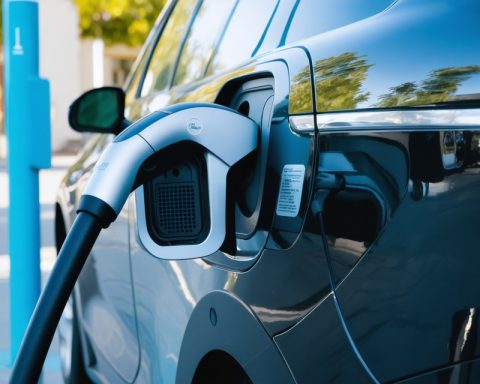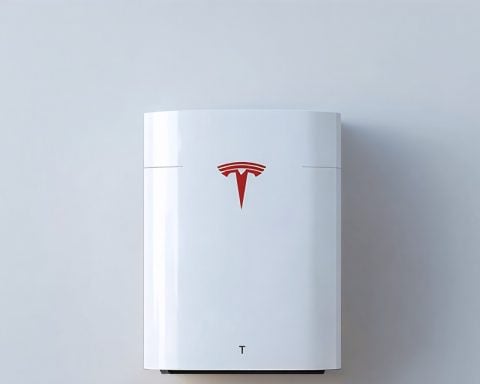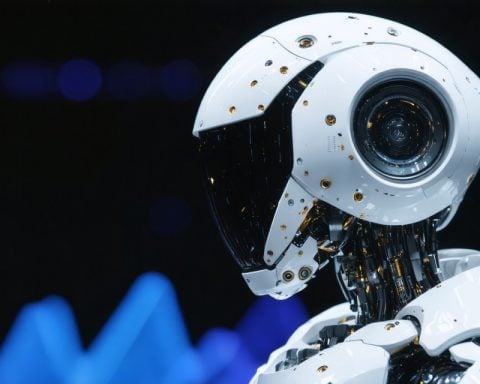The Future of Japanese Automakers Stands on the Edge of a Merger
Recent developments hint at a transformative shift in the Japanese automotive landscape. According to a prominent local news outlet, Honda and Nissan have entered talks to explore a potential merger aimed at rescuing Nissan from its current financial struggles.
The Nikkei reported that these discussions might also involve Mitsubishi Motors, allowing the trio to bolster their capacities against aggressive electric vehicle (EV) manufacturers, particularly from China. Although neither Nissan nor Honda has officially confirmed these discussions, they both released statements emphasizing their ongoing collaborations.
Earlier this year, Honda and Nissan had initiated plans for a strategic partnership focusing on EV development, along with agreeing to collaborate on battery technologies. With these joint efforts, the two companies are poised to leverage their strengths to confront the evolving automotive market dominated by EVs.
If this merger proceeds, it could create a formidable competitor to Toyota, placing Honda and Nissan among the top three automotive alliances globally. Following news of the talks, Nissan’s stock surged by 23% on the Tokyo Stock Exchange, while Mitsubishi saw a 20% rise.
As both companies grapple with rising competition, especially from influential players like BYD and other Chinese manufacturers, the outcome of their discussions could reshape their future in the rapidly changing automotive industry. However, the question remains: can their combined strengths truly rival the current giants of the EV market?
The Rise of a New Automotive Giant: What a Honda-Nissan Merger Could Mean for the Industry
Recent developments hint at a transformative shift in the Japanese automotive landscape. According to a prominent local news outlet, Honda and Nissan have entered talks to explore a potential merger aimed at rescuing Nissan from its current financial struggles.
The Nikkei reported that these discussions might also involve Mitsubishi Motors, allowing the trio to bolster their capacities against aggressive electric vehicle (EV) manufacturers, particularly from China. Although neither Nissan nor Honda has officially confirmed these discussions, they both released statements emphasizing their ongoing collaborations.
Current Landscape of Japanese Automakers
As Japanese automakers face increasing pressure from global competitors, particularly in the EV sector, the prospect of a merger underscores the urgency of adapting to market changes. The growing popularity of EVs necessitates swift innovation and adaptation from traditional manufacturers.
Pros and Cons of a Potential Merger
Pros:
– Shared Resources: A merger could allow for shared technology and research, particularly in battery development and EV manufacturing.
– Increased Market Presence: This merger could enhance competitiveness against larger global players like Tesla and BYD.
– Cost Efficiency: Combining operations can lead to cost reductions and more efficient production processes.
Cons:
– Cultural Clashes: Merging different corporate cultures can lead to internal conflicts and productivity losses.
– Regulatory Hurdles: Such a significant merger would face scrutiny from competition regulators, particularly regarding market dominance.
– Brand Identity Risks: Both companies have established identities, and a merger may dilute brand loyalty among consumers.
Current Trends in the Automotive Industry
The automotive industry is at a pivotal point with the rise of EVs. Innovations such as advanced battery technology, autonomy in vehicles, and sustainable manufacturing practices are crucial. Automakers are increasingly adopting sustainable practices, which include using recycled materials and reducing carbon footprints in production.
Predictions and Insights
Industry experts predict that if the merger between Honda and Nissan goes through, it could lead to significant market shifts. By pooling their resources, they could accelerate EV development and potentially close the gap with industry leaders. They could also inspire similar collaborations or mergers among other manufacturers facing challenges in keeping pace with rapid technological advancements.
What Would This Mean for Consumers?
A merger between these automotive giants could lead to:
– More Vehicle Choices: With shared resources, the product lineup could diversify, offering consumers more options in both traditional and electric vehicles.
– Enhanced Technology: Innovations in safety features, automation, and fuel efficiency could become more prevalent in their vehicles.
– Competitive Pricing: A stronger combined entity might leverage economies of scale to offer more competitive pricing on vehicles.
Market Analysis
The stock market response following the news of discussions indicates investor optimism. Nissan’s stock surged by 23% on the Tokyo Stock Exchange, while Mitsubishi saw a 20% rise. This reflects potential investor belief in the profitability of such a merger amid evolving industry challenges.
As both companies grapple with rising competition, especially from influential players like BYD and other Chinese manufacturers, the outcome of their discussions could reshape their future in the rapidly changing automotive industry.
For further updates on this evolving situation, please visit Nikkei Asia for the latest news and analysis related to the automotive sector and beyond.













